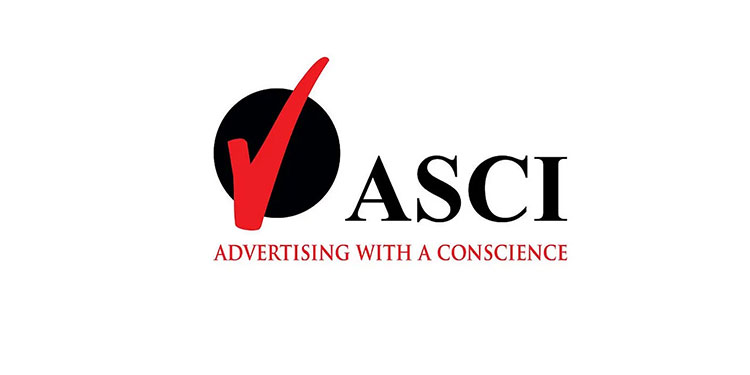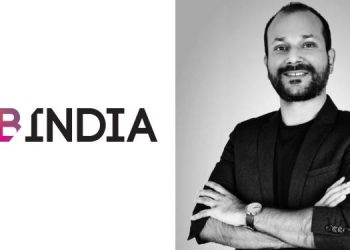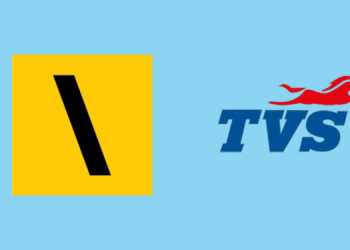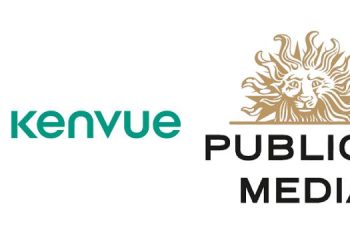Mumbai: To enable consumers to easily recognize promotional content on digital platforms, the Advertising Standards Council of India (ASCI) has released draft guidelines for influencer advertising on digital media.
The influencer industry is growing fast. According to digital marketing agency AdLift, India’s influencer market is estimated at $75-$150 million a year as compared to the global market of $1.75 billion. This is an industry that has become mainstream within the advertising space and is only expected to grow as more Indians go online.
It’s no wonder that brands across sectors are associating with influencers to get across their marketing messages. So, much of what influencers post is promotional, and a lot of it is not identified as such. Such non-disclosure is a disservice to consumers and is misleading.
The guidelines for influencers advertising on digital media will be available for all stakeholders, including industry, digital influencers as well as consumers for feedback till March 8, 2021. Based on the feedback and inputs, the final guidelines will be issued by ASCI by 31st March 2021. This guideline will be applicable to all promotional posts published on or after 15th April 2021.
In keeping with the changing marketing paradigm, ASCI has closely followed advertising content on digital platforms. Last September, it associated with TAM Media Research to monitor more than 3,000 digital platforms for misleading marketing messages. With the guidelines, ASCI will assist consumers, brands, and content creators to ensure all stakeholders’ interests are preserved through a self-regulatory approach.
As per ASCI’s Trust in Advertising Report, released last December, the viewership of ads on digital platforms is virtually the same in rural (82%) and metro (83%) areas. Keeping in mind the growing consumption of digital advertising, the disclosure guidelines for influencers were the need of the hour.
The guidelines were a collaborative effort with influencers. ASCI teamed up with BigBang.Social, a leading marketplace for social storytelling, to get India’s leading digital influencers’ views on board.

Subhash Kamath, Chairman, ASCI, said: “The digital space is vast. However, promotional content is often indistinguishable from regular posts. Consumers have the right to easily recognize promotional content. The guidelines will help consumers identify promotional content and also guide digital influencers. We look forward to feedback from industry stakeholders, including more influencers, which would help us make the digital space more responsible for all.”

Dhruv Chitgopekar, Founding Partner, KWAN, and CEO, BigBang.Social, said: “We realized the need for a responsible advertising ecosystem in place for influencers; promoting ethical practices, fair & transparent expression. These guidelines will benefit consumers and digital influencers. We firmly believe it is essential for digital advertising platforms too. We are delighted to partner with a self-regulatory body that wants to be inclusive of all stakeholders.”

Ankit Agarwal, Founder, Do Your Thng (DYT) Said “USA’s FTC and UK’S ASA both issued regulations years back outlining explicit do’s and don’ts for influencers. It was high time influencer marketing in India followed the same path.
The lack of guidelines gave more oxygen to damaging content, and it chipped away the hard-earned trust in creators. When consumers know an ad is an ad or content just that – mere organic content, which is one of the rules in the draft: upfront labeling on ads; the confidence in a creator is not broken.
When creators are authentic, including being straightforward about sponsored content, they make more impact and deliver deeper engagement. That’s why I have been vocal about the necessity for the entire niche to abide by advertising rules from day one.
With this framework from ASCI, which hopefully comes into play in April, we finally move the needle on streamlining the sector that has been unorganized for far too long.”
Kunal Kishore Sinha, Co-founder, ClanConnect.“ASCI’s newly issued guidelines for influencer marketing will unlock a wealth of new opportunities for the fast-evolving segment that will result in positive outcomes for the sector in the long run. When a major industry body such as the ASCI deems that there is a need to introduce guidelines for influencers and the influencer marketing community, it shows how the market has evolved and has assumed a mainstream stature in the larger advertising space. These guidelines will not only streamline the space and offer a direction but also ensure that there is an added sense of social responsibility amongst the influencer community.
Needless to say, we welcome this move by the ASCI for the segment as it will act as a guiding light for new and established content creators, who will now be more mindful of the kind of content that they are bringing to their target audiences. An extremely positive move from the ASCI, these guidelines will act as a catalyst for more organized and structured platforms such as ClanConnect to set new benchmarks for the industry as a whole. Platforms such as ours will play a major role in assisting content creators in navigating through the various regulations and conform to them without any inadvertent missteps. With ASCI introducing these guidelines, the influencer marketing segment also joins the league of recognized and celebrated domains of the advertising ecosystem and indicates further growth and evolution for this space.”
Draft Guidelines for influencer advertising on digital media
1) Advertisements must be obviously distinguishable by the average consumer from editorial and independent user-generated content, to prevent the audience from being confused between the two. Therefore, a disclosure label must be added to the list of approved labels. Only permitted disclosure labels will be considered as adequate as consumers may not be familiar with various creative ways in which advertisers and influencers may wish to convey that the said communication is an advertisement. Examples of such advertisements could be paid music promotion in a video, promoting a store or a brand through a post on the influencers media handle
2) The disclosure label used to highlight advertising content needs to be upfront (within the first two lines of any given platform, such that a consumer need not click on see more or have to scroll under the fold), prominent (so people don’t miss it), appropriate for the channel (what can you see and when) and suitable for all potential devices (it needs to be visible regardless of the device used, or platform such as website or app etc.).
3) The disclosure label must be in English or translated into the language of the advertisement in a way that it is well understood by the average consumer who is viewing the advertisement.
4) Blanket disclosures in a profile/bio/about section will not be considered adequate because people visiting the site might read individual reviews or watch individual videos without seeing the disclosure on another page
5) If the advertisement is only a picture post such as Instagram stories or Snapchat, the label needs to be superimposed over the picture and it should be ensured that the average consumer is able to see it clearly.
6) In the case of a video not accompanied by a text post, the disclosure label should be superimposed on the video in a manner that is easily visible to the viewer. For videos that last 15 seconds or lesser, the disclosure label must stay for a minimum of 2 seconds. For videos longer than 15 seconds, but less than 2 minutes, the disclosure label stays for 1/3rd the length of the video. For videos that are 2 minutes or longer, the disclosure label must stay for the entire duration of the section in which the promoted brand or its features, benefits etc are mentioned. In live streams, the disclosure label should be placed periodically, for 5 seconds at the end of every minute so that users who see part of the stream can see the disclosure.
7) In the case of audio media, the disclosure label must be clearly announced at the beginning and at the end of the audio.
8) Filters should not be applied to social media advertisements if they exaggerate the effect of the claim that the brand is making- eg. makes hair shinier, teeth whiter, etc.
9) The influencer must do their due diligence about any technical or performance claims made by them such as 2X better, the effect lasts for 1 month, fastest speed, best in class, etc. Evidence of due diligence would include correspondence with the advertiser or brand owner confirming that the specific claim made in the advertisement is capable of scientific substantiation.
10) It is recommended that the contractual agreement between advertiser and influencer carries clauses pertaining to disclosure, use of filters as well as due diligence
Ready Reckoner for Social Media Platforms
- Instagram: Disclosure label to be included in the title above the photo/beginning of the text that shows. If only the image is seen, the image itself must include the label
- Facebook: Include the disclosure label in the title of the entry or post. If only the image/video is seen, the image/video itself must include the label eg FB story
- Twitter: Include the disclosure label or tag at the beginning of the body of the message as a tag
- Pinterest: Include the disclosure label at the beginning of the message.
- YouTube and other video platforms: Include the label in the title/description of the post.
- Vlog: Overlay the disclosure label while talking about the product or service
- Snapchat: Include the disclosure label in the body of the message in the beginning as a tag.
- Blog: Include the disclosure label in the title of the post.

















